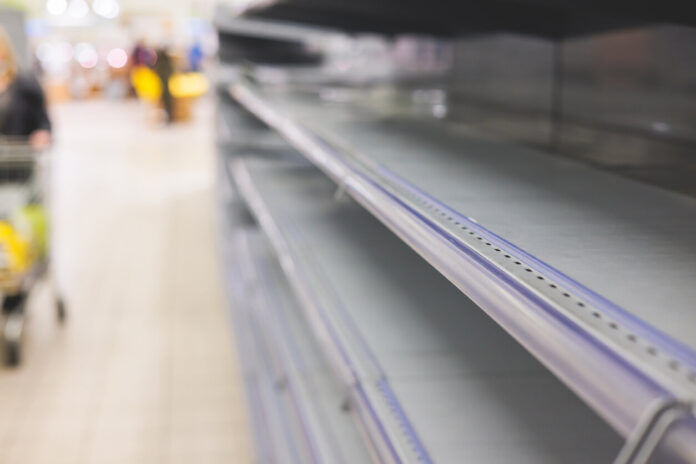With the appearance of Covid-19 and the return of war in Europe, the French have experienced significant shortages in recent years. Sunflower oil, mustard, flour, wheat… On supermarket shelves, certain products were particularly difficult to find at certain times. Since then, the situation has stabilized and stock-outs are less recurrent.
However, inflation threatens many products and, behind it, it is not uncommon for a new shortage to hide. Often, these stock fluctuations are directly related to weather events. This is particularly the case for olive oil. If it was used as a substitute for sunflower oil when the latter was not found, it is she who could now be threatened.
According to figures from the International Olive Council (IOC), last year olive harvests produced 1.4 million tonnes of oil in Spain. But in the meantime, the drought has done damage and the 2022-2023 campaign would only produce 780,000 tonnes of olive oil, a drop of 47.7%, reports L’Indépendant.
However, Spain is a particularly important producer in this industry. Indeed, until now, it was the supplier of 70% of the European market and 45% of the world market. For French consumers, the consequences are already being felt. Indeed, the average price of olive oil has gone from 3 to 5 euros in just a few months. But this increase could well continue.
“Virtually everything has increased. From fuel for transportation and collection to packaging components, such as bottles, boxes, seals, labels… All of this has forced us to increase the price of our oils. around 40%”, explains to País Lucía Matas, commercial director of a cooperative in Cordoba.
The price of olive oil could therefore increase massively in the coming months. Fortunately, for the time being, the shortages do not seem to be relevant.
However, another product very dear to the hearts of many consumers is under threat…
The Federation of Cattle Breeders has sounded the alarm. At the end of January, farmers were indeed alerting to the threat of a shortage hovering over French beef. As the number of cows raised in France decreases, imports increase, threatening an entire system. “We have the feeling that the situation is slipping away from us,” worried Bruno Dufayet, the president of the FNB, during a press conference at the end of January.
In six years, the leading beef producing country in Europe has seen its herd shrink by 11%. In question, again and again the drought, but not only. Indeed, many farmers who have retired are not replaced, thus leading to a logical drop in the number of animals in the territory.
But beyond beef, other meats may well be at risk.
In 2022, avian flu caused significant damage to poultry farms. Duck, chicken or even turkey have been meats in tension since this episode. For the moment, the shortage hypothesis seems to be excluded.
But these productions were strongly impacted by these events. As Femina explains, the 2021-2022 avian flu epidemic led to the slaughter of more than 20 million poultry in France. Since August 2022 alone, a total of 4.6 million animals have suffered the same fate.















